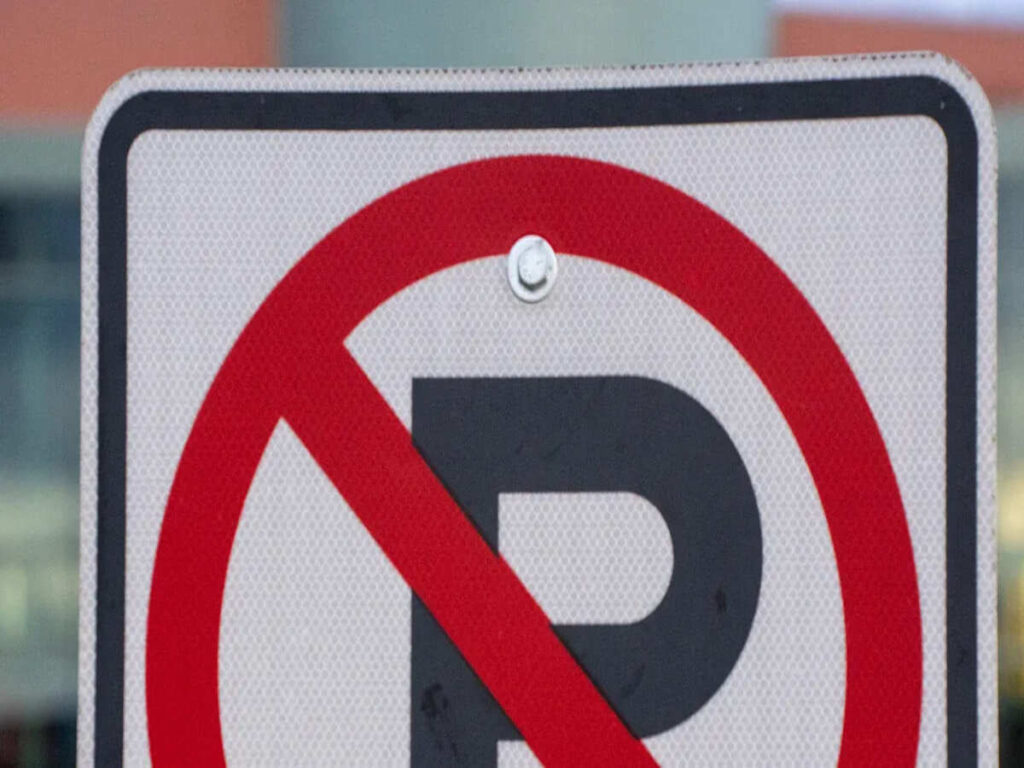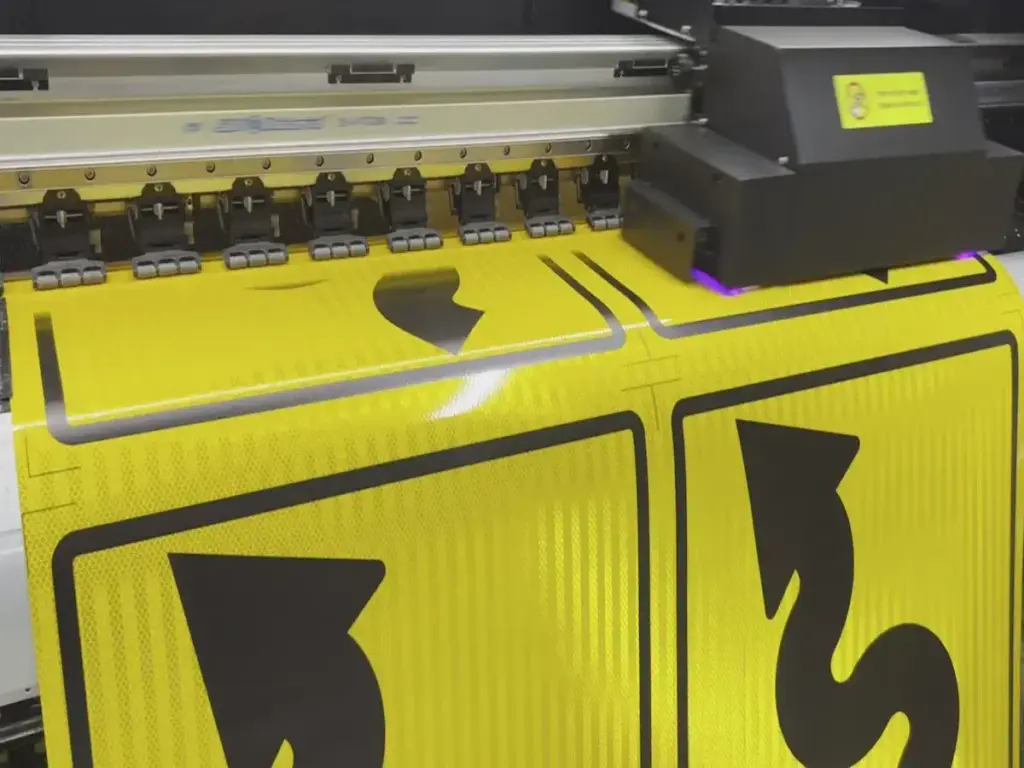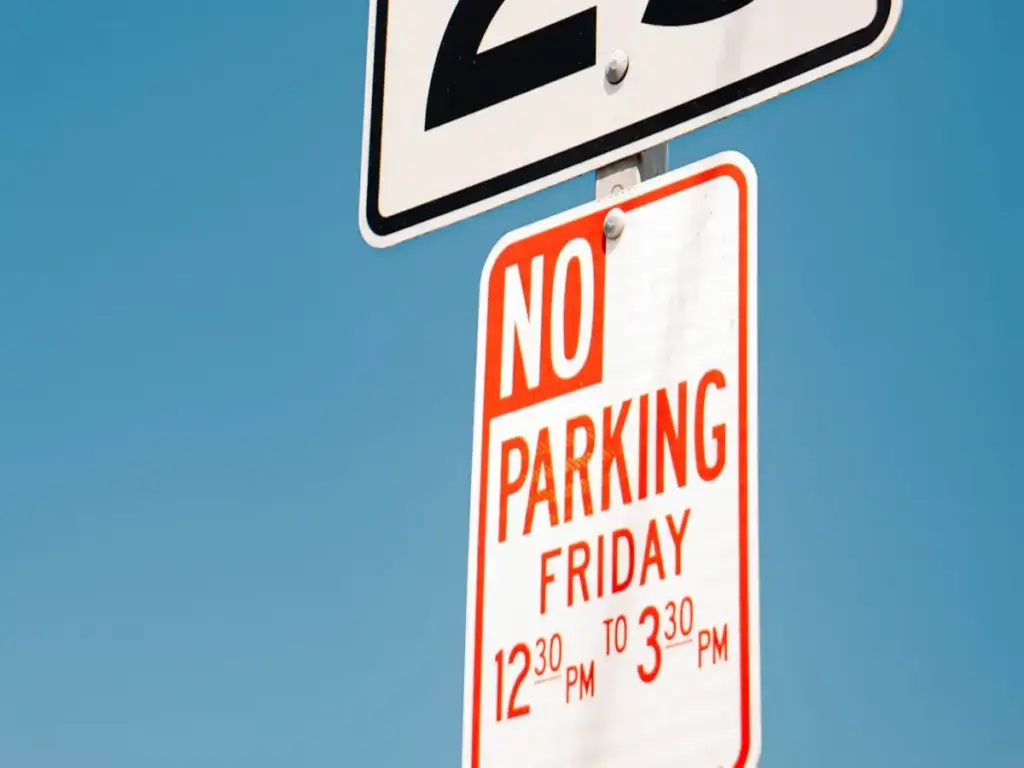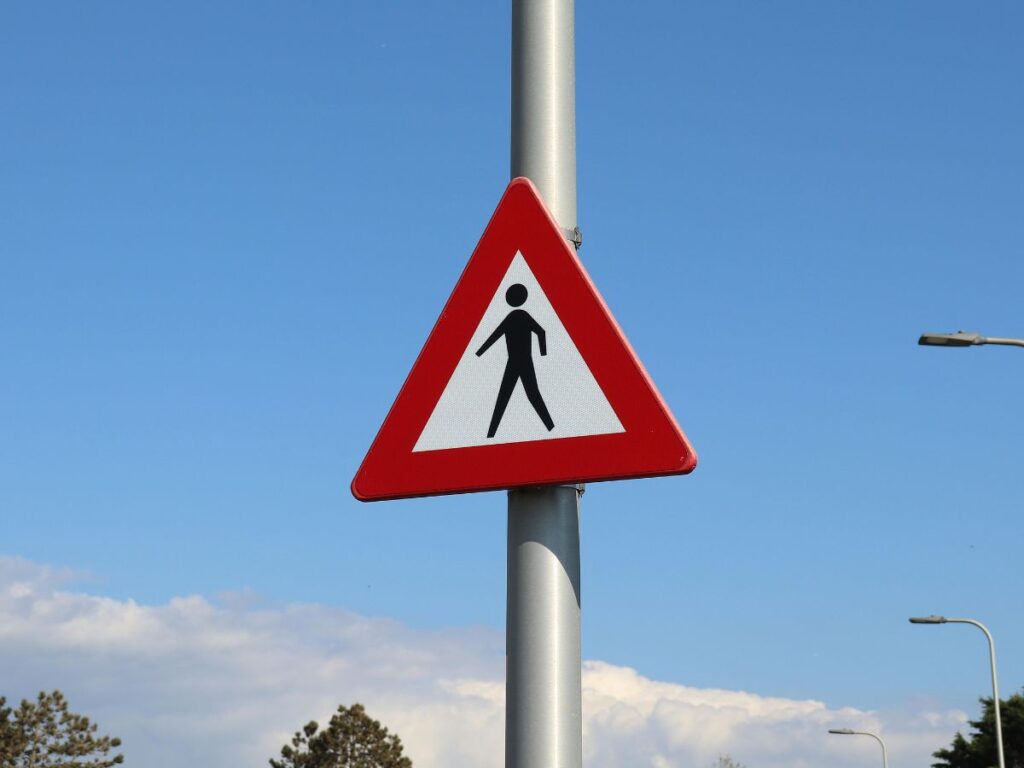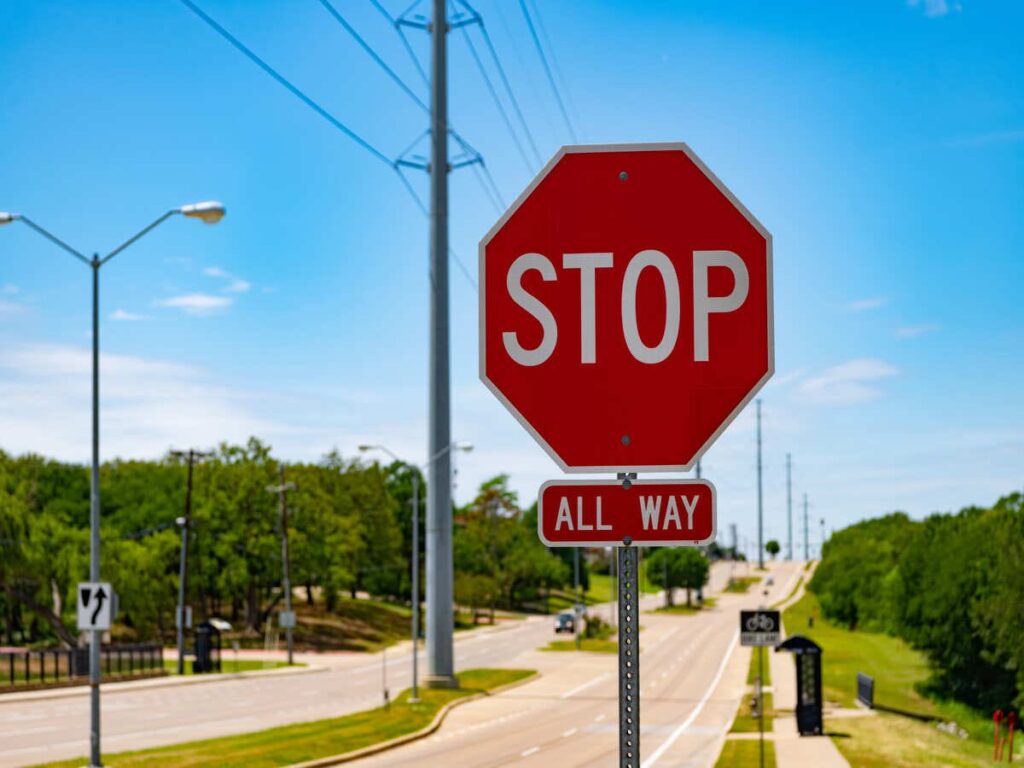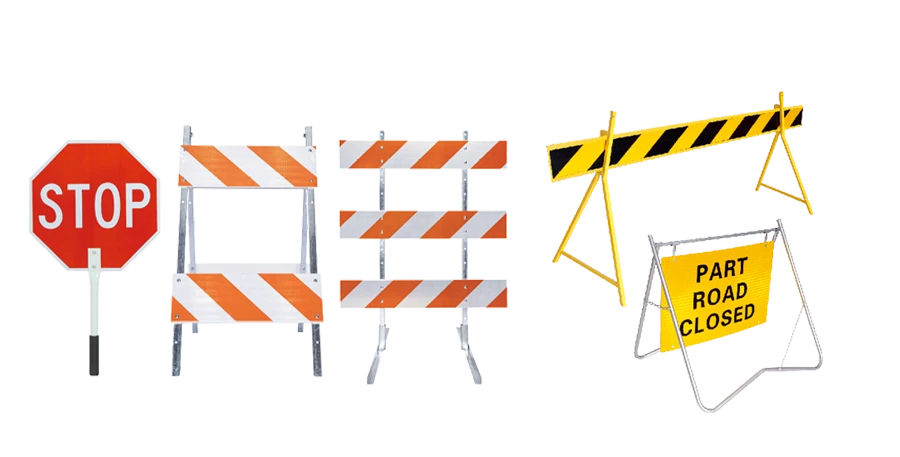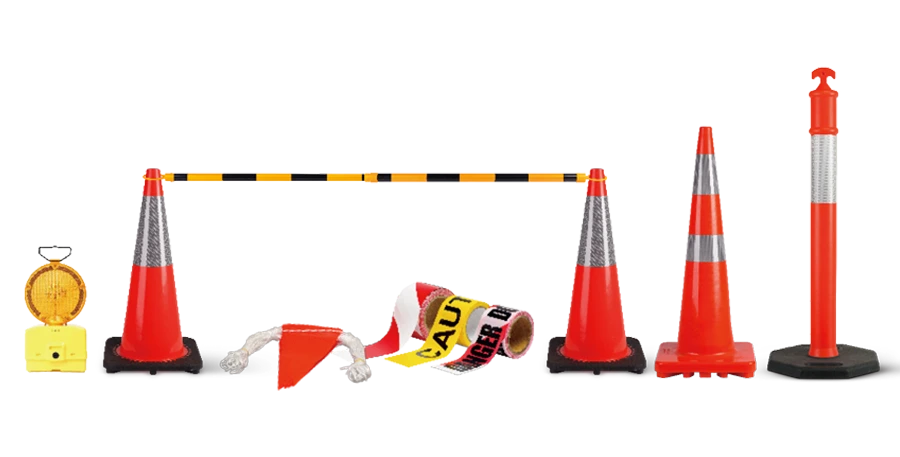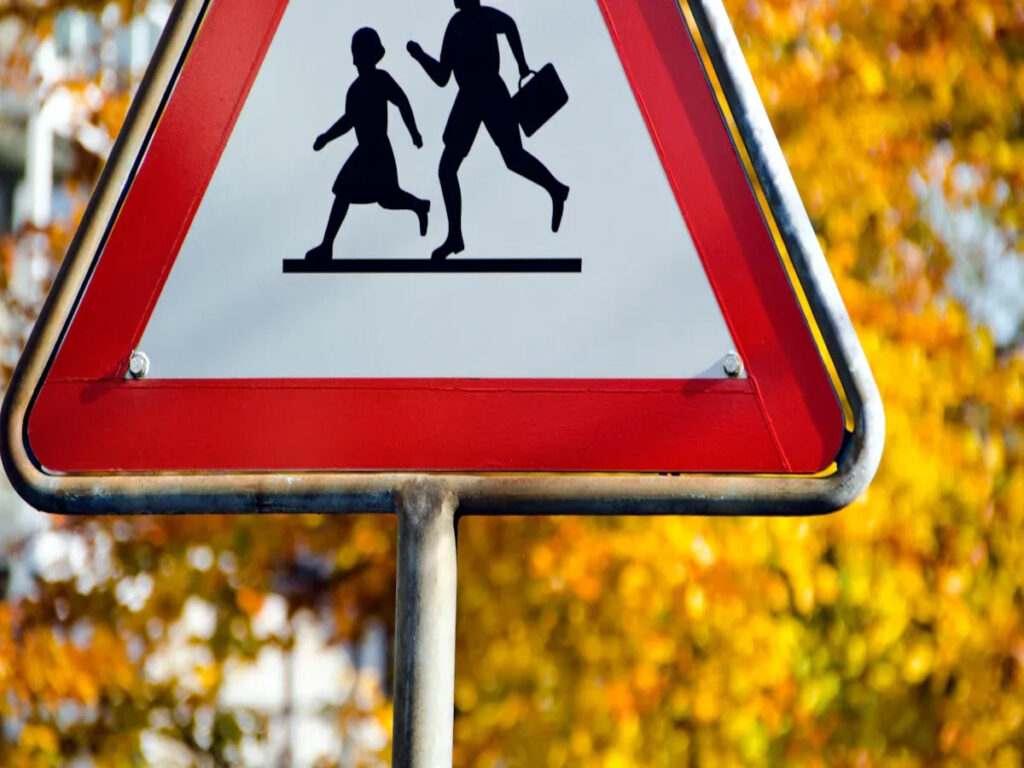
تعتبر علامات المرور العاكسة مهمة جدًا للسلامة على الطرق في المملكة المتحدة. من السهل رؤيتها هذه العلامات, حتى عندما يكون الظلام أو أن الطقس سيء. تتيح الأغطية العاكسة للسائقين ملاحظة تحذيرات وتعليمات من بعيد. لوائح مرور المروري والاتجاهات العامة 2016 قل أنه يجب استخدام المواد العاكسة لجعل الطرق أكثر أمانًا. يمكن أن يساعد استخدام الأغطية العاكسة بشكل أفضل في إيقاف الحوادث وجعل السائقين يشعرون بأكثر أمانًا في الليل. تتحسن السلامة على الطرق عندما تظل علامات وعلامات عاكسة مشرقة وتتبع أحدث القواعد.
في أوبترافيك, نحن نقدم جودة عالية إشارات المرور العاكسة that meet the latest safety standards and regulations. Our signs are designed to enhance visibility, تقليل الحوادث, and ensure compliance with UK road safety requirements. Explore our range of reflective signage solutions to improve safety on your roads today.
Reflective Traffic Signs and Road Safety
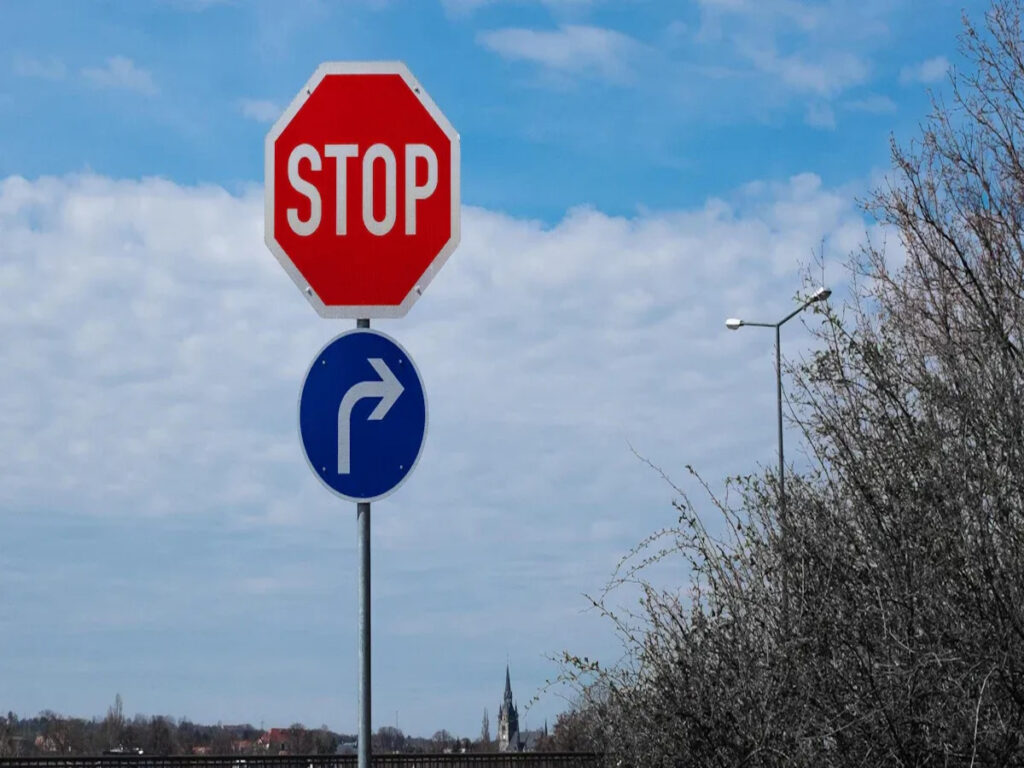
Visibility and Safety Benefits
تعتبر علامات المرور العاكسة مهمة جدًا للسلامة على الطرق في المملكة المتحدة. These signs use special materials that bounce light from car headlights back to drivers. وهذا ما يسمى إعادة الانفعال. It helps drivers see signs better at night and when the weather is bad. عندما تكون العلامات أسهل في الرؤية, drivers can notice warnings and instructions from farther away. This gives them more time to react to dangers.
مواد عاكسة جديدة, like full cube corner sheeting, make signs much brighter than old ones. There are different grades of reflective sheeting. Some are brighter than others. The brightest ones are best for busy roads and motorways with little lighting. The Manual on Uniform Traffic Control Devices and UK standards say these materials should be used to make roads safer.
ملحوظة: When all signs are easy to see, drivers feel more sure and less confused, especially in places they do not know well.
Reflective traffic signs help keep people safe in bad weather too. مطر, ضباب, and snow can make normal signs hard to see. Reflective materials make sure drivers can still read important information, حتى عندما يكون من الصعب رؤيته. Studies show that reflective devices can cut accidents by up to 40%. في بعض الأماكن, using reflective signs led to a 67% انخفاض في الحوادث, أ 62% fall in deaths, و 78% drop in injuries. Fluorescent materials make signs stand out more during the day and at twilight. This helps keep roads safe all the time.
الحد من الحوادث
Reflective traffic signs do more than just help drivers see. They also help stop accidents and save lives. When drivers spot signs sooner, they have more time to make safe choices. This means they are less likely to miss warnings or instructions about dangers ahead.
The table below shows what studies found about reflective traffic signs and accident rates:
| يذاكر | حصيلة |
|---|---|
| ريبلي (2005) | 38% fewer crashes in Sioux City |
| Persaud et al. (2008) | 4.4% fewer nighttime crashes after better stop sign reflectivity |
These results show that reflective traffic signs help lower accident numbers. في المملكة المتحدة, strict rules make sure signs stay bright and last a long time. Regular checks and repairs keep signs working well. This helps keep roads safe and lowers the chance of accidents.
Reflective traffic signs also change how drivers act. Better sign design and good placement make drivers pay more attention and make safer choices. Driving simulator tests found that drivers look at reflective signs more. This helps them spot dangers and follow stop signs better. عندما يكون من السهل رؤية العلامات, drivers can react faster and more safely, حتى عندما تكون القيادة صعبة.
نصيحة: Local councils and workers should check reflective traffic signs often. This keeps them bright and helps keep roads safe.
Reflective traffic signs are a big part of the UK’s plan to cut accidents and protect everyone on the road. By making signs easier to see and helping drivers make safe choices, these signs make every trip safer.
الامتثال ل TSRGD 2016
معايير الانعكاسية
ال لوائح علامات المرور والاتجاهات العامة 2016 have clear rules for reflective materials. These rules help keep everyone safe on the road. The regulations say upright and temporary signs must be bright enough. This means signs must be easy to see at night or in bad weather.
Reflectivity standards show how well a sign sends light back to drivers. Good reflective signs help drivers see warnings from far away. The rules list different reflectivity levels for each sign type. Signs on busy roads need to be brighter than those on quiet streets.
A table below shows the main reflectivity standards for UK road signs:
| نوع علامة | Minimum Reflectivity Standard | استخدام الحالة |
|---|---|---|
| Permanent Upright | فصل 1 or higher | الطرق السريعة, main roads |
| Temporary Roadworks | فصل 2 or higher | أعمال الطرق, diversions |
| علامات التحذير | فئة 1W or higher | مناطق عالية السرعة |
ملحوظة: Signs that meet reflectivity rules help drivers react faster and make safer choices.
The rules also say all new signs must use approved reflective materials. This helps councils and workers follow the law and keep roads safe.
Minimum Reflectivity Levels
Minimum reflectivity levels show how bright a sign must be. These levels make sure all signs are easy to see. The rules set different minimum levels for each sign type. Signs that are not bright enough can confuse drivers and cause accidents.
Local authorities must check signs often to make sure they are bright enough. If a sign fades or breaks, workers must replace it quickly. Regular checks and repairs keep signs clear and easy to see. This helps follow the rules and lowers the risk of accidents.
There can be legal trouble if signs do not meet reflectivity rules. Councils and workers must follow the law or they could get fines. Keeping good records and checking signs often shows they care about the rules.
A simple checklist for following the rules:
- Check all signs for reflectivity at night and in bad weather.
- Replace faded or broken signs right away.
- Use only approved reflective materials.
- Keep records of checks and repairs.
نصيحة: Following reflectivity rules keeps roads safe and helps avoid legal trouble.
Meeting the traffic signs regulations and general directions keeps everyone safe. Reflective signs that meet the right standards save lives and stop accidents.
فئات الأغطية العاكسة
فصل 1, فصل 2, والفئة 1W
Reflective sheeting comes in different classes. Each class suits a different type of road and traffic condition. The main classes are Class 1 (RA1), فصل 2 (RA2), والفئة 1W (sometimes called Class 3 or RA3). These classes differ in reflectivity, متانة, والتكلفة.
| ميزة | فصل 1 (RA1) | فصل 2 (RA2) | فئة 1W (RA3) |
|---|---|---|---|
| الانعكاسية | خط الأساس | About 3x Class 1 | Up to 5x Class 1 |
| العمر النموذجي | 5-7 سنين | 7-10 سنين | 10+ سنين |
| متانة | مناسب | أكثر متانة | أعلى |
| تطبيقات مناسبة | Low-traffic, الطرق الحضرية | الطرق الرئيسية, شوارع أكثر ازدحاما | الطرق عالية السرعة, الطرق السريعة |
| يكلف | أدنى | واسطة | أعلى |
فصل 1 sheeting uses glass beads. It works well for low-traffic, حضري, or residential roads. فصل 2 sheeting uses microprismatic technology. It gives better reflectivity and lasts longer, making it a good choice for main roads and busier streets. Class 1W sheeting offers the highest reflectivity and durability. It is best for high-speed roads, الطرق السريعة, and places where safety is critical. Class 1W allows drivers to see signs from over 300 متر في الليل, much farther than Class 2.
اختيار الفصل الصحيح
Choosing the right reflective sheeting depends on several factors. Planners look at traffic volume, سرعة, and the risk of accidents. They also consider how long the sheeting will last and how much it costs to maintain.
- فصل 1 is cost-effective for signs in car parks, small crossings, أو الشوارع الهادئة.
- فصل 2 suits main roads and busy urban areas. Councils often use it near schools and parks. في إحدى الدراسات, signs with Class 2 sheeting made school zones safer and reduced accidents.
- Class 1W is the best choice for highways, الطرق السريعة, and places with poor lighting. It gives the highest reflectivity and lasts the longest.
نصيحة: Using the correct reflective sheeting helps meet UK standards and keeps all road users safe.
Reflective Temporary Roadworks Signs
Standards and Requirements
Temporary roadworks signs are very important for safety. The Traffic Signs Regulations and General Directions have strict rules for these signs. Every sign must use reflective materials that match the road type and risk. Busy or fast roads need signs with higher reflectivity, مثل RA2 أو R3B. This helps drivers see them from far away. These signs must also follow standards such as BS EN 12899-1:2007 للأغطية المنشورية الدقيقة.
Temporary roadworks signs warn drivers early about changes ahead. This can be lane closures or diversions. Warning signs help stop confusion and accidents. Studies in the UK show risky driving goes up near roadworks. Drivers may tailgate or ignore signals. Clear and visible signs help drivers follow the rules. This keeps road workers and drivers safer.
A table below shows the main needs for temporary roadworks signs:
| وجه | مواصفة / توصية |
|---|---|
| معايير الانعكاس | Use materials compliant with BS 8442 (RA2) أو بكالوريوس EN 12899-1 للأغطية المنشورية الدقيقة |
| Illumination Requirements | Provide lighting where needed, خاصة في الليل أو في الأحوال الجوية السيئة |
| Vertical Clearances | 900-2700mm depending on area (على سبيل المثال, 2000mm at junctions, 2400mm over cycle areas) |
| Horizontal Clearances | Minimum 450mm to kerb; 1200mm for high-speed roads |
| الاعتبارات البيئية | Minimise clutter and avoid blocking signs with equipment or vegetation |
Practical Applications
Good placement and care of temporary roadworks signs is important. Workers must keep signs clear and not block them with tools or vehicles. Signs should be at every entry to the roadworks, even at temporary openings. باستخدام قوي, weather-protected materials helps signs last in rain, رياح, والغبار.
To keep signs working well, teams should:
- تحقق من العلامات في كثير من الأحيان بحثًا عن الضرر, الأوساخ, أو تتلاشى.
- Clean signs with soft brushes and gentle cleaners to protect the reflective part.
- Remove branches or leaves that block the view.
- Tighten fasteners to stop theft or vandalism.
- Update signs when roadworks change or after bad weather.
- Keep records of where signs are and what type they are.
Lighting is important for these signs, خاصة في الليل أو في الطقس السيئ. Workers can use lit signs, شريط عاكس, or glow-in-the-dark markers. This helps drivers see warnings in all conditions. Signs must meet local authority rules and be changed if the rules change.
Temporary roadworks signs help keep road workers and drivers safe. By following these rules and tips, teams can stop accidents and keep everyone safe near roadworks.
الاختبار, تثبيت, and Maintenance
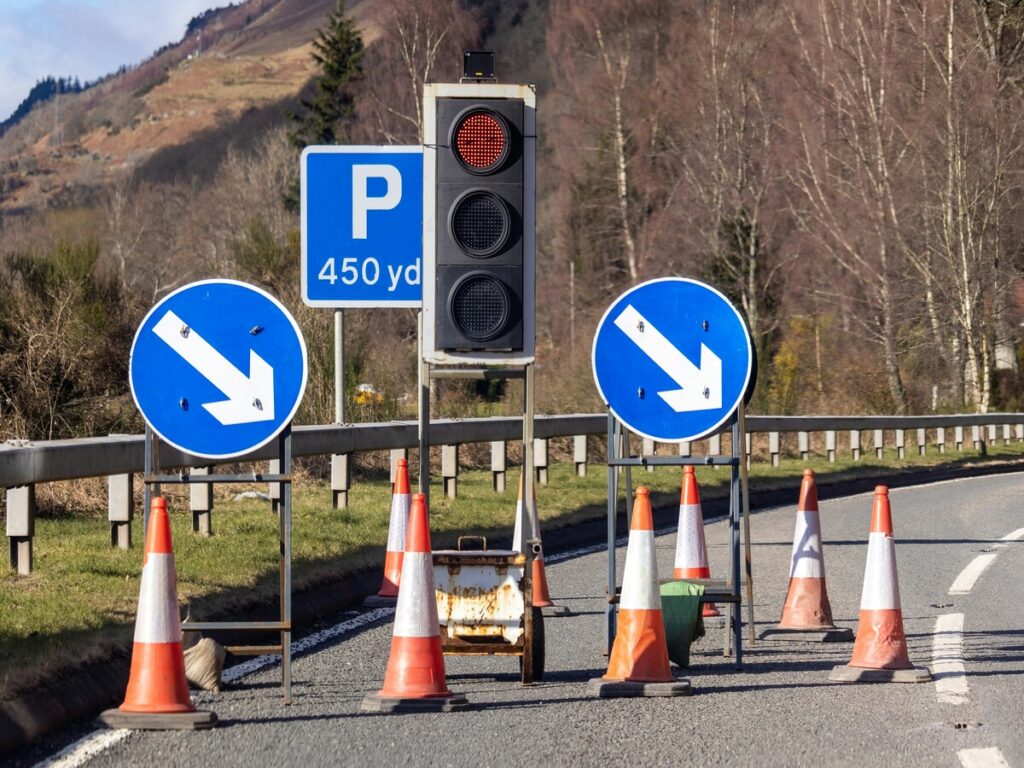
المتانة ومقاومة الطقس
Traffic signs in the UK must last through tough weather and lots of use. The BS EN 12899-1:2007 standard gives the rules for testing how strong and weatherproof signs are. Signs that pass this standard do not shrink, قشر, كسر, or fade from UV light. Makers build signs to last for many years, even in rain, رياح, والشمس. A CE mark on a sign means it passed hard tests for safety and quality. Suppliers often give a two-year refund or replacement promise, which shows they trust their signs.
Signs for roadworks have extra problems. They must stay easy to see in storms, هطول أمطار غزيرة, والرياح القوية. Good signs keep their reflectivity and colour, even after months outside. Companies like Road Signs Direct and Stocksigns Ltd make signs that follow UK rules and can handle rough weather. This helps keep drivers and workers safe at roadworks.
نصيحة: Always check for the CE mark and see if the sign meets BS EN 12899-1 before using it at roadworks.
Inspection and Replacement
Checking road signs often keeps them safe and useful. The Traffic Signs Manual says teams should check signs a lot, especially after storms or crashes. Teams need to look for dirt, ضرر, أو العلامات التي انتقلت. Night checks help find problems with reflective or lit signs.
A good inspection plan should include:
- Cleaning signs to get rid of dirt and grime.
- Checking for cracks, يتلاشى, أو القطع المفقودة.
- Making sure trees or cars do not block signs.
- Looking at brackets and posts for rust or loose bolts.
Yearly checks help find problems early. In busy or stormy places, teams may need to check more often. Teams should use a retroreflectometer every few years to test reflectivity. If a sign loses its colour, الانعكاس, or gets damaged, it should be replaced fast. Keeping records of checks and repairs helps councils show they follow the rules.
ملحوظة: Temporary roadworks signs need extra care because roadworks can last for weeks or months. Regular checks and quick replacement keep everyone safe.
A strong inspection and care plan makes sure all roadworks signs stay clear and bright, lowering risks for drivers and workers.
تعتبر علامات المرور العاكسة مهمة جدًا للسلامة على الطرق في المملكة المتحدة. They also help everyone follow the rules. Picking the right sheeting class makes signs easy to see. هناك حاجة أيضًا إلى الحفاظ على العلامات في حالة جيدة. This helps drivers spot signs and follow the law. Contractors have some problems with signs. They must pick the right size and not put too many signs together. Signs must be in the right place so drivers can see them. Using better sheeting costs more at first but saves money later.
To learn more about how the right materials and standards shape the future of traffic signs, اقرأ مدونتنا, فهم TSRGD 2016 وماذا يعني لعلامات المرور للبيع.
التعليمات
What is retroreflectivity in traffic signs?
Retroreflectivity means a sign sends light from car headlights back to the driver. This helps drivers see signs well at night or when the weather is bad. Retroreflective signs make roads safer for everyone.
How often should councils inspect reflective road signs?
Councils need to check signs at least once every year. Busy roads or bad weather might mean more checks are needed. Checking signs often keeps them bright and easy to spot.
Which reflective sheeting class suits motorways best?
Class 1W sheeting is best for motorways. إنه ألمع ويدوم لفترة أطول. يمكن للسائقين رؤية هذه العلامات من بعيد, حتى عند القيادة بسرعة.
Do temporary roadworks signs need special reflectivity?
نعم. Temporary roadworks signs must use very bright materials like RA2 or microprismatic sheeting. This helps drivers see changes and dangers quickly, لذلك يبقى الجميع آمنين.
What happens if a sign does not meet reflectivity standards?
Councils can get fines or face legal trouble if signs do not meet the rules. Signs that are not bright enough can cause accidents. Checking and replacing signs quickly helps stop these problems.

